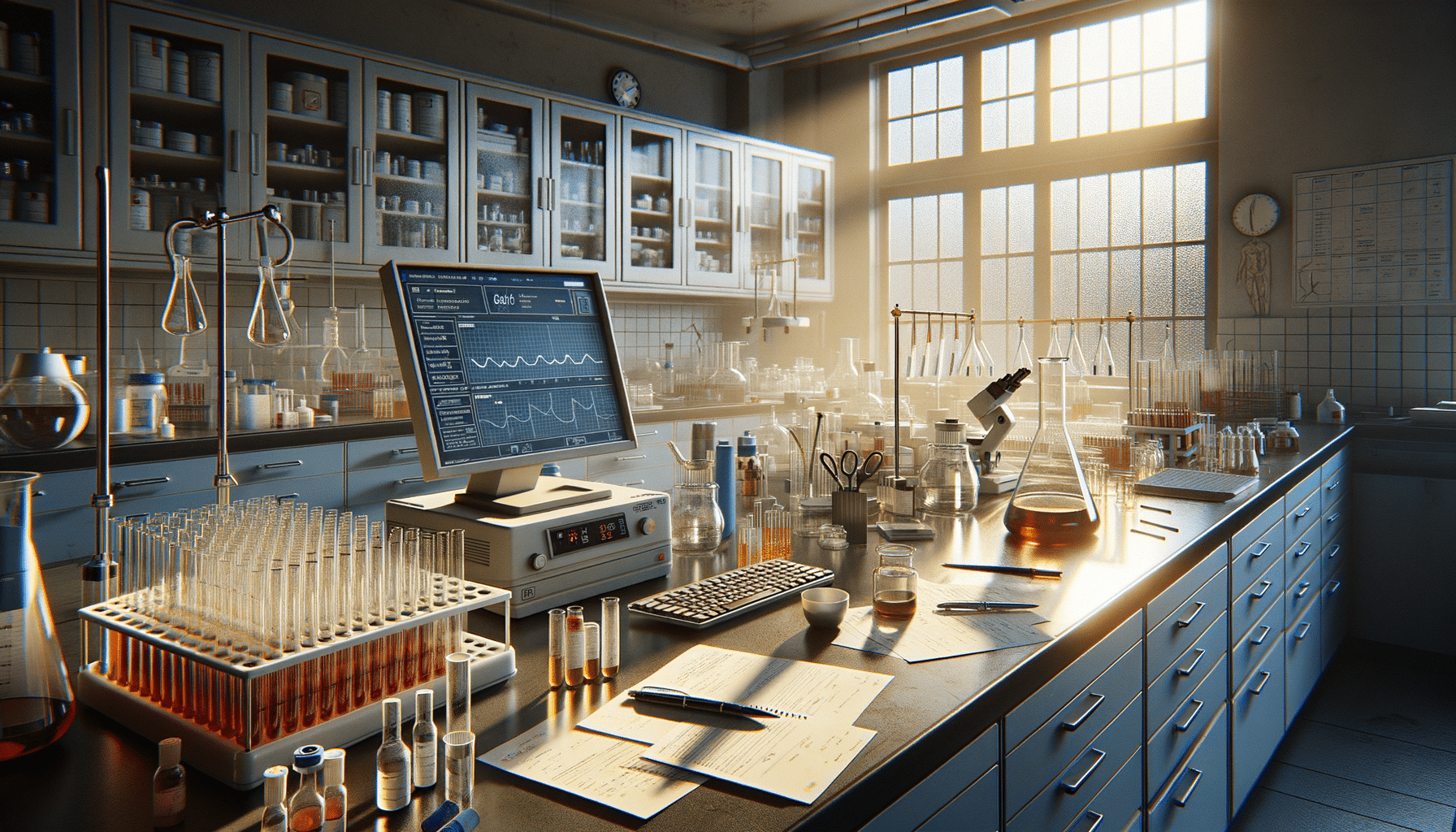
Breast Cancer Symptoms: A Complete Guide
Introduction to Breast Cancer Awareness
Breast cancer remains a significant health concern worldwide, affecting millions of individuals each year. Understanding the early signs, common conditions, and preventive measures is crucial in combating this disease effectively. This comprehensive guide aims to provide valuable insights into recognizing symptoms, dealing with various breast conditions, and exploring prevention and treatment options.
Early Signs of Breast Cancer
Early detection of breast cancer can significantly improve treatment outcomes. Recognizing the initial signs is essential for timely intervention. Common early symptoms include:
- A new lump or mass in the breast, which may feel different from the surrounding tissue.
- Changes in breast shape or size, often accompanied by swelling.
- Nipple discharge that is not breast milk, particularly if it is bloody or clear.
- Skin changes, such as dimpling, puckering, or redness.
- Pain in the breast or nipple, though not typically associated with cancer, should be checked by a healthcare professional.
It’s important to note that these symptoms do not always indicate cancer, but any persistent changes should prompt a visit to a healthcare provider. Regular self-examinations and mammograms are vital in catching abnormalities early.
Common Breast Conditions
Not every breast change signals cancer. There are several benign conditions that can also cause noticeable changes:
- Fibrocystic Breast Changes: This condition involves lumpiness and discomfort in the breasts, often associated with hormonal changes during the menstrual cycle.
- Cysts: Fluid-filled sacs within the breast tissue can cause lumps and tenderness, typically benign and treatable.
- Fibroadenomas: These are solid, non-cancerous tumors that are most common in younger women.
- Mastitis: An infection of breast tissue, often occurring in breastfeeding women, causing pain, swelling, and redness.
Understanding these conditions can alleviate concerns and help individuals differentiate between benign and potentially serious issues.
Breast Cancer Prevention
While some risk factors like age and genetics cannot be changed, there are lifestyle choices that can help reduce the risk of breast cancer:
- Maintain a Healthy Weight: Obesity, particularly after menopause, has been linked to an increased risk of breast cancer.
- Exercise Regularly: Physical activity helps maintain a healthy weight and may lower hormone levels, reducing cancer risk.
- Limit Alcohol Consumption: Alcohol intake is associated with an increased risk of breast cancer, so moderation is key.
- Healthy Diet: A diet rich in fruits, vegetables, and whole grains can support overall health and potentially reduce cancer risk.
- Regular Screenings: Mammograms and clinical breast exams are essential for early detection and successful treatment.
Adopting these habits can contribute to overall health and potentially lower the risk of developing breast cancer.
Treatment Options for Breast Cancer
Once diagnosed, breast cancer treatment depends on the stage and type of cancer, as well as the patient’s overall health and preferences. Common treatment options include:
- Surgery: Options like lumpectomy or mastectomy aim to remove cancerous tissue.
- Radiation Therapy: This uses high-energy rays to target and kill cancer cells, often used post-surgery.
- Chemotherapy: Involves drugs that kill or slow the growth of cancer cells, often used before or after surgery.
- Hormone Therapy: Used for cancers that are hormone receptor-positive, this treatment blocks the body’s natural hormones that fuel cancer growth.
- Targeted Therapy: Focuses on specific characteristics of cancer cells, such as proteins or genes, to stop cancer growth.
Each treatment plan is tailored to the individual, often involving a combination of therapies to maximize effectiveness. Open communication with healthcare providers ensures informed decision-making and personalized care.
Conclusion
Understanding the early signs of breast cancer, recognizing common breast conditions, and exploring preventive measures are vital steps in the fight against this disease. With advancements in treatment options and increased awareness, individuals have more resources than ever to tackle breast cancer effectively. Regular screenings and a healthy lifestyle play a critical role in early detection and prevention, empowering individuals to take charge of their breast health.


